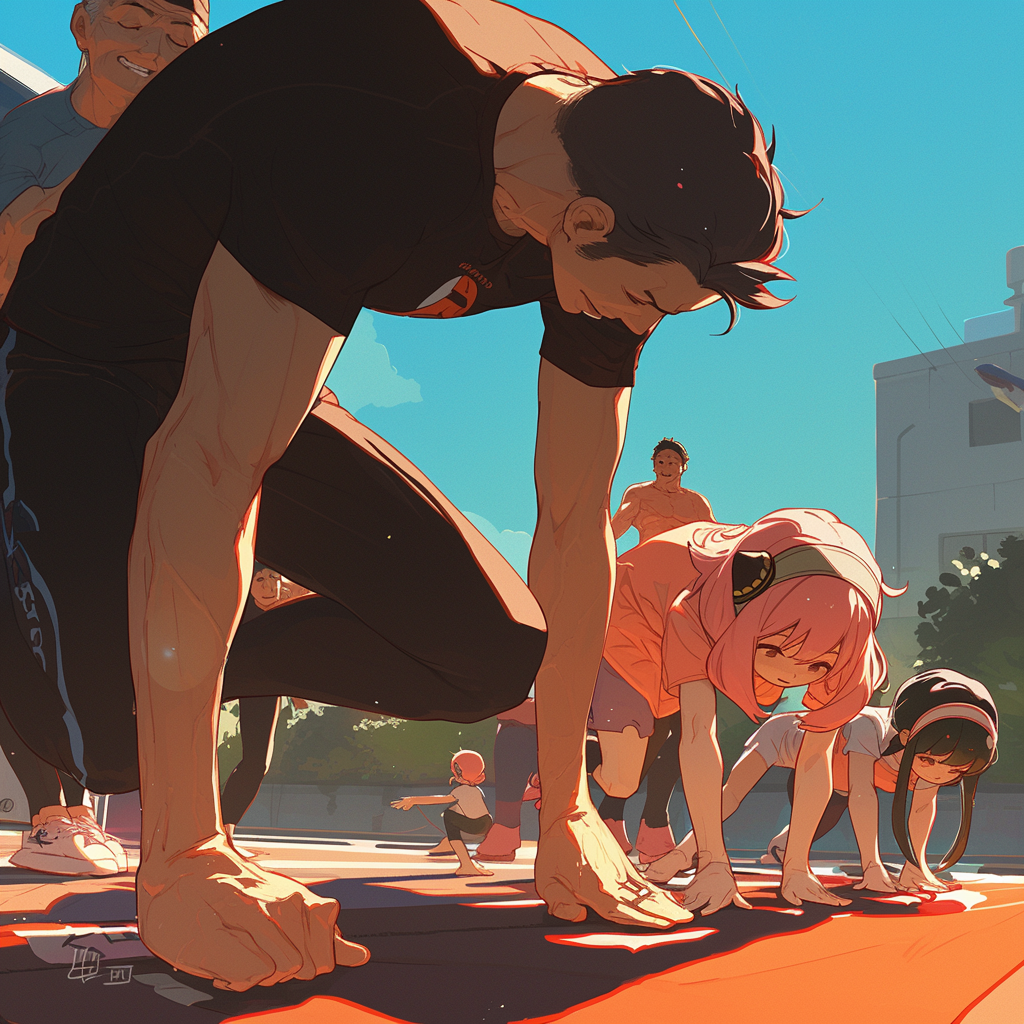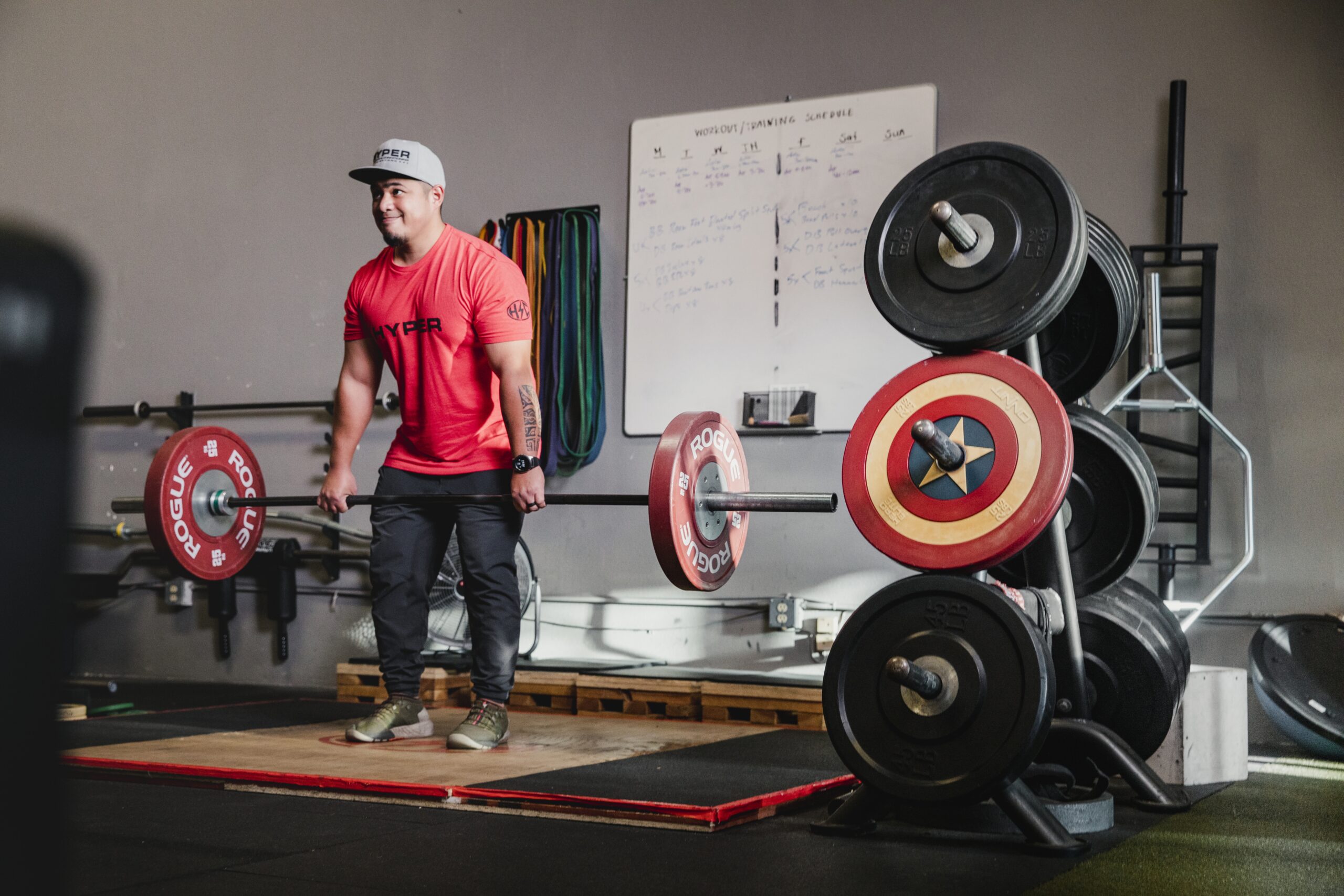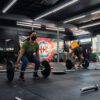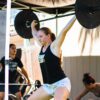Ah, the age-old question, “Should you do mobility exercises?”
Like most active people, you probably enjoy your fair share of lifting and running. But perhaps you wonder if there’s more you can do to maximize your results and stay safe in the long run.
If so, read on because we are breaking down mobility, what it means, and whether mobility drills have a place in your training plan.
Ready? Let’s discuss.
Let’s Define ‘Mobility’
Mobility and flexibility are two of the more popular but less understood terms in the industry, with countless people using them interchangeably. Part of the problem stems from the fact that we don’t have concrete definitions for the two.
Everyone puts their unique spin or interpretation on what each means, making it difficult to tell what they are.
One person might say that mobility is your muscles’ ability to lengthen (that’s actually flexibility), and another might say mobility is the ability to do a deep squat or set up for a conventional deadlift (1).
The truth is that mobility is an umbrella term encompassing these things and many others, largely referring to your capacity to move through space (2).
More specifically, it measures your joints’ ability to move in their sockets and the surrounding tissues’ ability to allow smooth movement without obstructions. This means mobility includes flexibility, muscle strength, stability, balance, and endurance capacity.
For instance, you may have mobile hip joints (the joints being able to move freely in their sockets). Still, a lack of quadricep strength, hamstring flexibility, or ankle mobility could limit your squat depth and ability to maintain balance and a neutral spine.
Things become even more complex when looking at exercises that involve the upper and lower body more evenly.
For instance, a leg press primarily involves the body from the waist down. However, a front barbell squat also heavily depends on the upper body’s position and the trainee’s ability to keep the weight over their center of gravity. Failing to do that would cause the trainee to lean forward and drop the bar.
The Problem With Understanding and Improving Mobility
As mentioned, mobility is complex, which means it’s not always easy to understand, pinpoint, and resolve issues related to obstructed movement. In fact, it’s not always easy to tell that a person has obstructed movement.
To the untrained eye, a specific movement pattern might look good. But to an experienced physiotherapist, that same pattern could appear riddled with inefficiencies that affect power output, balance, and long-term safety.
Another layer of complexity comes from the fact that individual differences matter, and what might work for one person might not work for another. This means generalized plans generally don’t work and need a personal touch from an expert to become effective.
Are Mobility Exercises Overrated?
Whether mobility exercises are overrated depends on multiple things––most notably, individual needs and context. Good range of motion is essential for effective training, athletic performance, and everyday life (3, 4). But how do we define what ‘good’ means?
Given its complexity and somewhat subjective nature, perhaps a good way to tell whether someone has good or bad mobility would be by looking at their individual needs.
Let’s take a powerlifter and an Olympic weightlifter as an example. Good mobility for the powerlifter would be enough for them to:
- Achieve depth on the squat (to the point where their thighs are parallel to the floor)
- Retract the shoulder blades effectively for the bench press
- Assume the starting position for the deadlift correctly
For instance, to perform an effective squat, the powerlifter needs good:
- Ankle dorsiflexion (moving your shin forward while keeping your heel on the ground)
- Hip mobility to keep the knees aligned and achieve an adequate depth
- Thoracic spine mobility to maintain a neutral back while squatting
However, good mobility for an Olympic weightlifter would be significantly different, as the lifts require a greater range of motion. Take the snatch as an example. An Olympic lifter needs good shoulder, wrist, upper back, hip, and ankle mobility.
Given the much lower squat position, ankle and hip mobility must be far greater. Otherwise, the lifter would fail to maintain their position, which can cause them to miss the lift or, worse, hurt themselves.
So, no. Mobility exercises are not overrated. However, blindly following a mobility routine, especially one that takes time and makes you tired, is.
What Does That Mean For You?
You shouldn’t disregard mobility, but you also shouldn’t obsess over it, as there is a point of diminishing returns. Here are a few tips you can follow:
1. Film Some of Your Training Sets
You may not always find issues with your form. This is why it may be helpful to film some of your sets and see yourself from the side.
So long as you’re aware of potential issues, reviewing training footage can help you spot problems and decide what mobility movement you can do to resolve them.
2. Use Mobility Drills to Warm Up
Doing a mobility drill pre-workout offers two benefits:
- It warms up your body, which supports athletic performance and may reduce the injury risk (5, 6).
- It can temporarily increase your range of motion, allowing you to perform movements like the squat and deadlift with better form.
There is no best way to go about it. Do a few mobility movements to target the entire body and spend more time on an area if it feels particularly stiff or immobile. For instance, do more leg swings and deep squat holds if your hips feel stiff.
3. Practice the Lifts You Want to Improve
Like everything else, weightlifting is a skill you can develop with practice. The more you perform an exercise and emphasize proper form and a full range of motion, the better you get at it and the more your mobility improves (7, 8).
Simply put:
Do you want to squat well? Do the movement more often and prioritize proper form and range of motion over the amount of weight you’re lifting.
Conclusion
Mobility drills are not overrated, but their usefulness depends on your unique needs. We hope our article has shed some light on the topic and you now have a firmer grasp on what mobility is and when it makes sense to work on it.
Now, before you go, check out our website if you’re looking for a good strength and conditioning gym in the San Jose Area or are interested in personal training.
































